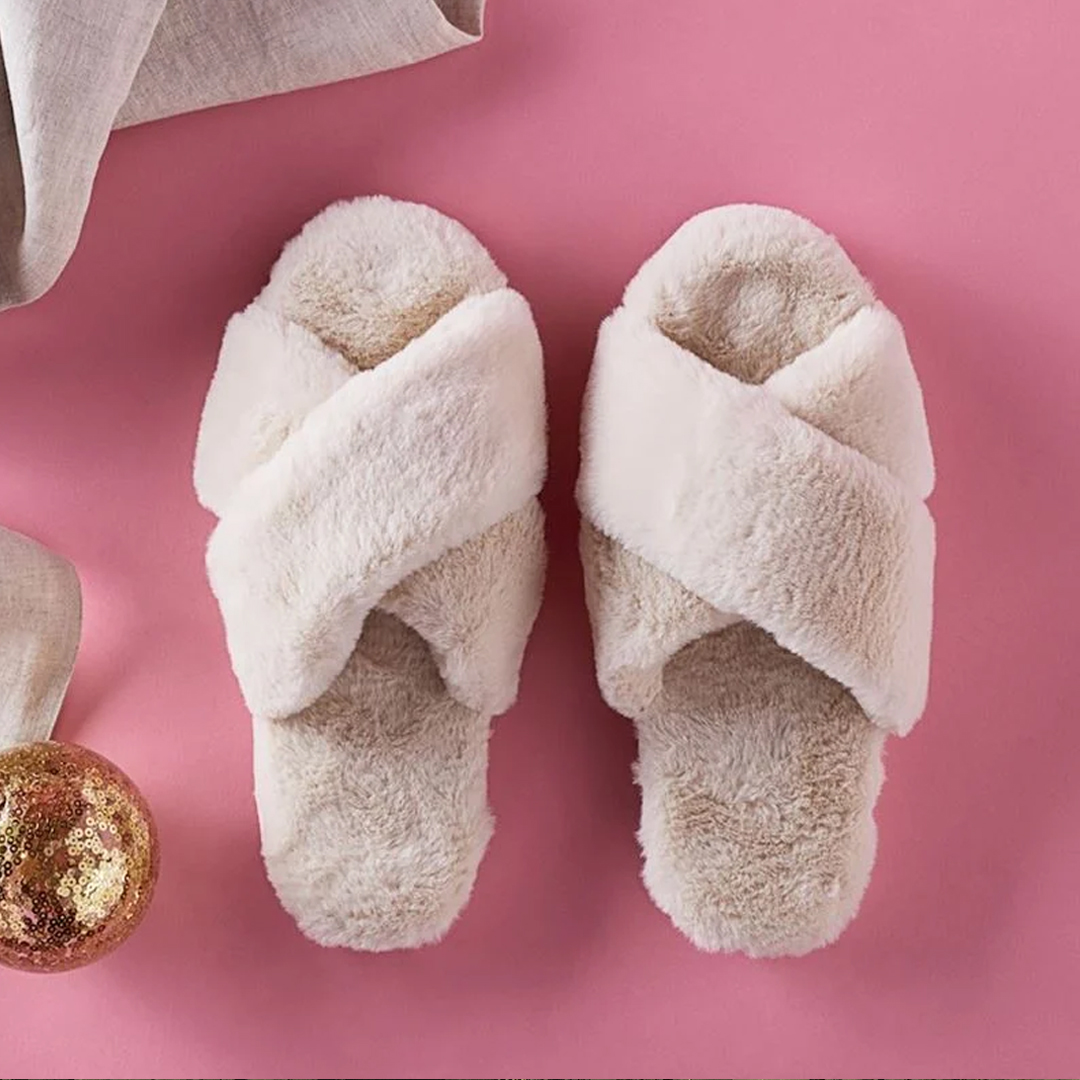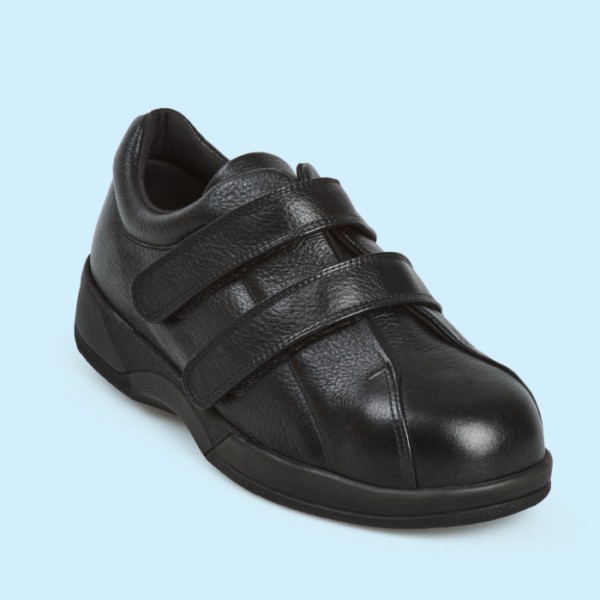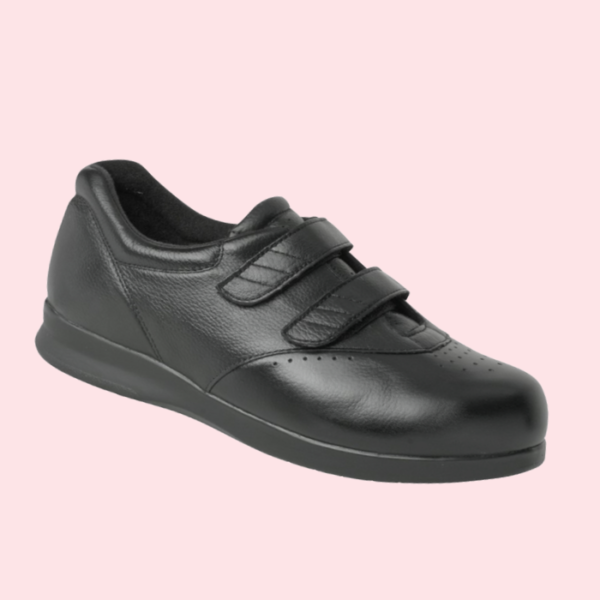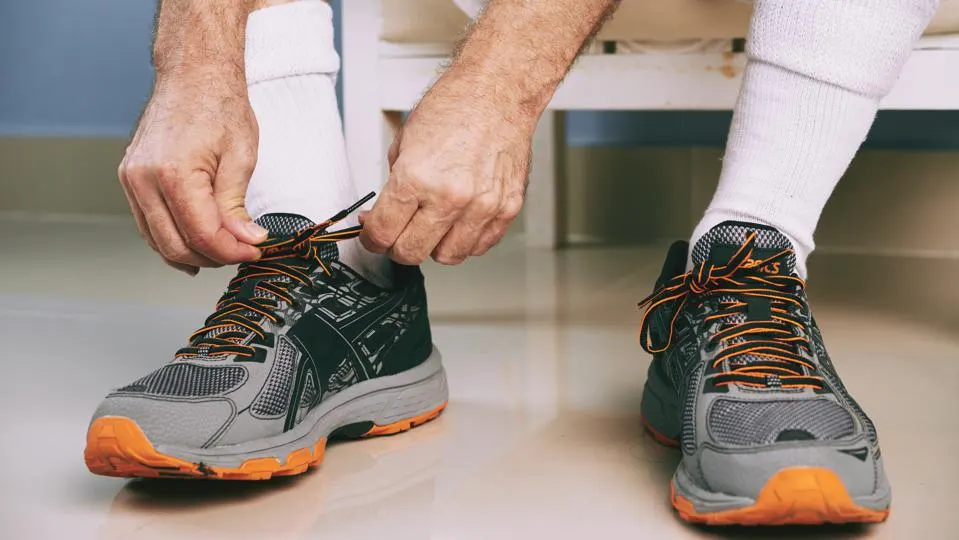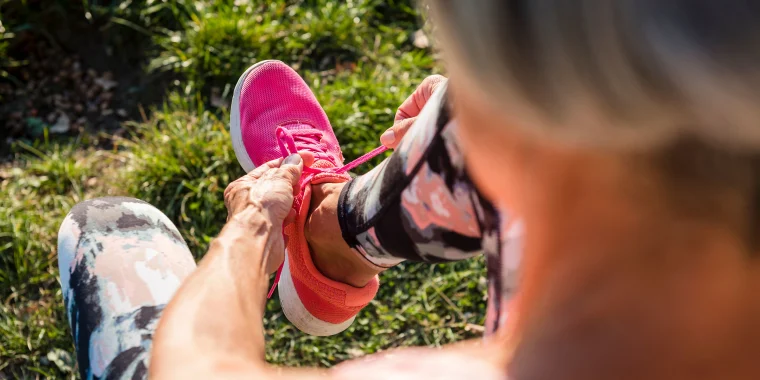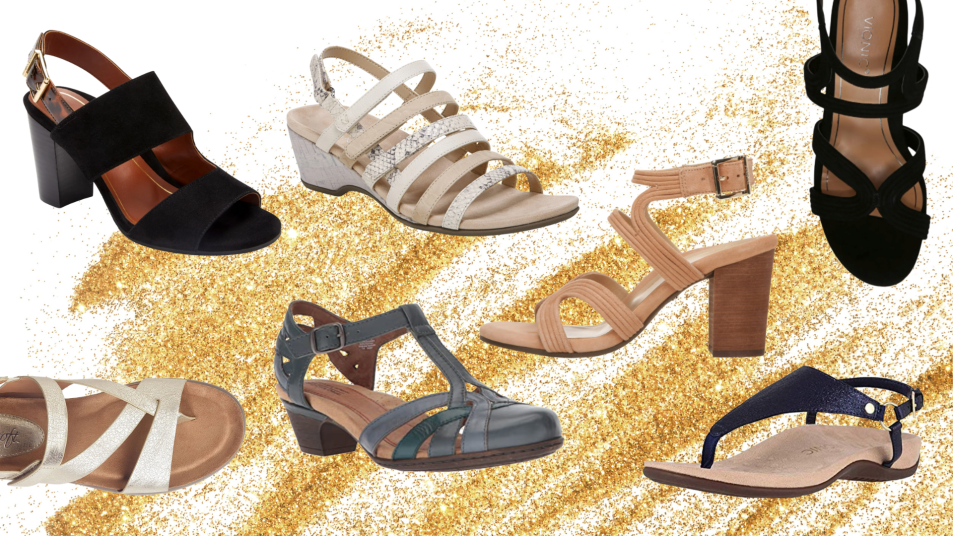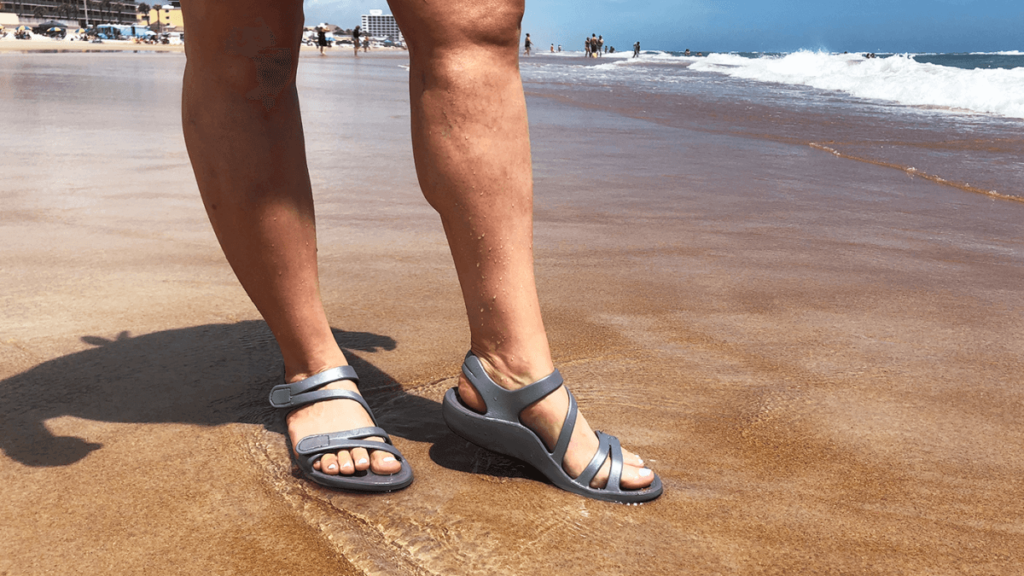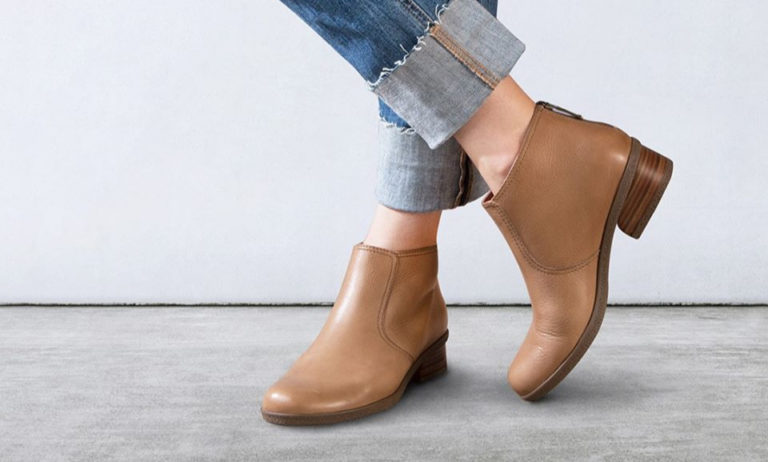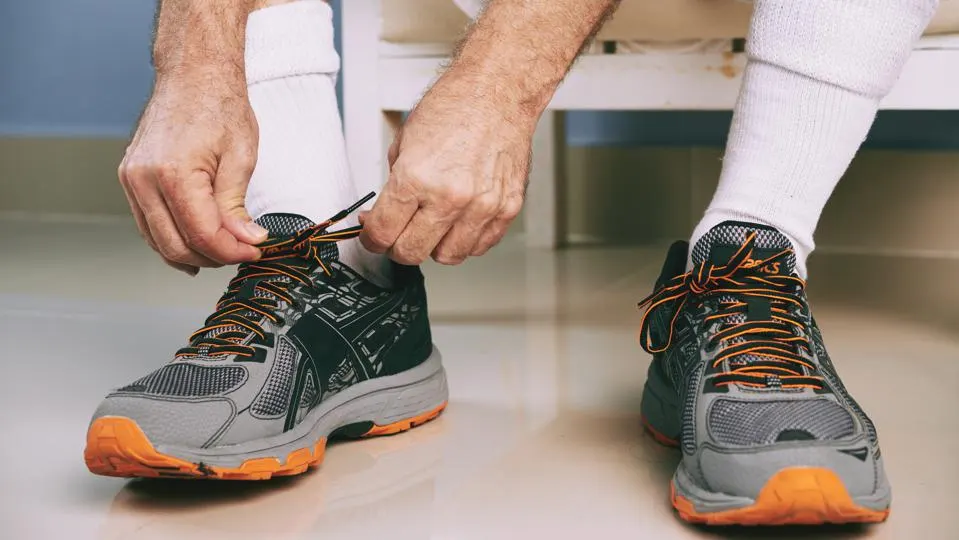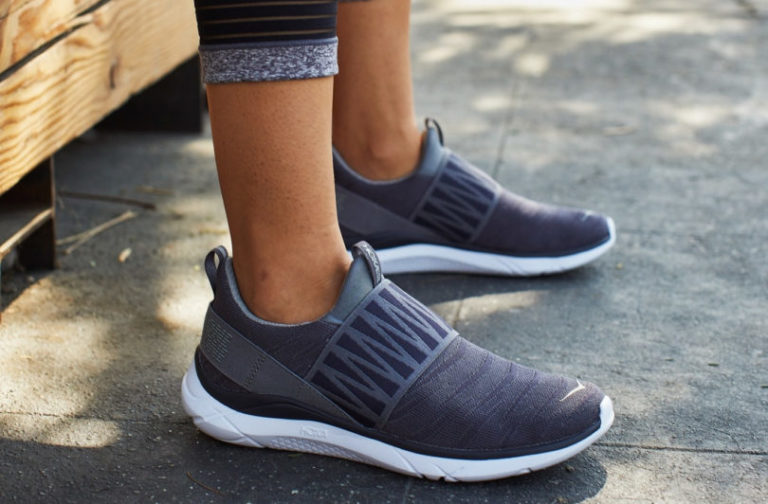Plantar fasciitis is an inflammation of the tendons from the sole and the heel. You may feel it after inactivity for a longer period or when you wake up from sleep. It can damage the heel, back, bottom or front side of the feet. If you are a fitness freak, you may be interested in knowing Best Sneakers For Plantar Fasciitis and its features.
Your Guide to Finding the Best Sneakers for Plantar Fasciitis: Features to Consider
If you suffer from plantar fasciitis, you know just how debilitating the pain and discomfort can be. Thankfully, the right pair of shoes can help alleviate your symptoms and keep you comfortable throughout the day. But with so many options out there, it can be tough to know where to start your search. That’s why we’ve put together this guide to help you find the Best Sneakers For Plantar Fasciitis. We’ll explore the key features to consider when shopping for supportive footwear and share some of our top picks to help get you started.
Understanding the Anatomy of Your Foot
Before we dive into the features to consider when selecting the best plantar fasciitis sneakers, it’s essential to understand the anatomy of your foot. The plantar fascia is a thick tissue band connecting your heel bone to your toes. When this band becomes inflamed, it can lead to intense heel pain and discomfort, a condition known as plantar fasciitis.
Apart from the plantar fascia, your foot also comprises tendons, ligaments, and bones. These components work together to provide support, stability, and mobility to your feet. As a result, it’s crucial to choose sneakers that not only provide comfort but also adequate support for the entire foot.
Additionally, you’ll want to consider your arch type when selecting sneakers for people with plantar fasciitis. People with high arches require more cushioning, while those with flat feet may require more arch support. By understanding your foot’s anatomy, you can make an informed decision when selecting sneakers.
Shoe Design Matters for Runners with Plantar Fasciitis
When choosing sneakers for a foot problem, shoe design is one of the most important factors to consider. The right design can make all the difference in alleviating pain and preventing further damage to your feet.
For starters, look for shoes with a wider toe box. This allows for greater flexibility and movement in your toes, which can help alleviate pressure on your plantar fascia. However, shoes with a narrower toe box can cause your toes to become cramped, leading to discomfort and inflammation.
Additionally, shoes with a heel drop of 8mm or less can also be helpful for runners with plantar fasciitis. This lower heel drop promotes a more natural stride and reduces the impact on your feet and ankles.
Finally, look for shoes with a rigid heel counter. This stiff material at the back of the shoe helps keep your heel in place, providing additional support and stability to your feet.
Regarding shoe design, it’s important to remember that what works for one person may not work for another. Take the time to try on different shoes and pay attention to how they feel on your feet. Be bold and ask for recommendations from a podiatrist or fellow runners who have experienced plantar fasciitis.
By finding the right shoe design, you can help prevent further damage and reduce pain and discomfort associated with plantar fasciitis.
Find Sneakers with Ample Cushioning to Support your Body Weight
One of the most important factors to consider when looking for good sneakers for plantar fasciitis is cushioning. The plantar fascia, the tissue that runs along the bottom of your foot, can become inflamed when it is put under too much pressure. Sneakers with ample cushioning help to distribute your body weight evenly across your feet and reduce the strain on your plantar fascia.
When looking for cushioning, there are a few things to remember. First, you want to find sneakers with a midsole that provides adequate shock absorption. Look for sneakers with materials like EVA foam or gel inserts, as these will help to reduce the impact on your feet when you walk or run.
You should also pay attention to the thickness and density of the cushioning in the sole of the sneaker. While thicker cushioning may seem like a good idea, it can throw off your balance and make your feet feel unstable. Instead, look for a balance of cushioning that is both supportive and responsive to your movements.
Remember, every person’s feet are different, so the cushioning that works best for you will depend on your needs. Be sure to try on several different types of sneakers and take them for a test walk or run to determine which one provides the best cushioning for your feet.
Finding sneakers with ample cushioning can help reduce the strain on your plantar fascia and alleviate some of the pain associated with plantar fasciitis.Foot Support is Necessary while Walking Running or Doing Other Physical Activities
When it comes to managing plantar fasciitis, foot support is a critical factor to consider. Proper foot support can help relieve pain, reduce the risk of injury, and improve your overall comfort level while walking, running or engaging in other physical activities.
The key to finding the right shoes with good foot support is to look for designs that offer features like arch support, heel cups, and moulded footbeds. Arch support helps to distribute your weight evenly across your feet, reducing the strain on your plantar fascia.
Heel cups help to stabilize your feet while you walk, run, or jump, providing extra cushioning and reducing the risk of painful impact forces. Moulded footbeds conform to the natural shape of your foot, providing extra comfort and support where you need it most.
In addition to finding shoes with good arch support, you’ll also want to look for designs that provide adequate cushioning for your body weight. A lack of cushioning can put too much stress on your plantar fascia, leading to pain and inflammation. The amount of cushioning you need will depend on your weight and the intensity of your physical activity.
Finally, look for shoes with good traction to prevent slips and falls. When you have plantar fasciitis, any jarring movement can cause pain and discomfort, so it’s essential to wear shoes with a good grip.
Best Sneakers For Plantar Fasciitis Provide Traction
One of the most important features of the Best Sneakers For Plantar Fasciitis is the amount of traction they provide. Without good traction, your feet may slip and slide inside the shoes, causing more stress on the tendons and ligaments of your foot.
Look for sneakers with a rubber sole that has a deep tread pattern to provide excellent grip on different surfaces. This will ensure that you can move around confidently, whether you’re walking on a wet pavement or jogging on a slippery track.
Another thing to consider is the flexibility of the shoe’s sole. It should be stiff enough to provide support, but flexible enough to allow your foot to move naturally. This will help reduce the risk of strain or injury to the plantar fascia.
Ultimately, plantar fasciitis sneakers are those that can provide the necessary traction, support, and cushioning to prevent and manage this condition. Don’t compromise on these features, and invest in a good pair of shoes that can keep your feet healthy and pain-free.
Good Sneakers For Plantar Fasciitis for Men and Women Fitness Lovers
Plantar fasciitis is a common condition characterized by inflammation and pain in the tendons of the sole and heel. If you’re an active individual or a fitness enthusiast, dealing with plantar fasciitis can be particularly challenging. However, with the right pair of sneakers, you can alleviate symptoms and continue pursuing your fitness goals. In this blog, we will explore some of the sneakers for plantar fasciitis and the features that make them ideal for providing comfort and support.
Flash Women Athletic
Flash Women Athletic is a highly recommended sneaker for plantar fasciitis sufferers. It offers excellent cushioning and shock absorption, which helps reduce impact on the feet. The gel technology in the heel and forefoot provides additional comfort and support, while the breathable upper ensures proper airflow, keeping your feet cool and dry.
Capris
The Capris by Medicomf shoes is another popular choice for individuals dealing with plantar fasciitis. It features a midsole that adapts to your foot shape and offers optimal cushioning. The segmented crash pad in the sole helps provide a smooth heel-to-toe transition, reducing stress on the plantar fascia. The breathable mesh upper enhances ventilation and keeps your feet comfortable during workouts.
Monaco
The Monaco is known for its plush cushioning and stability, making it suitable for plantar fasciitis relief. The Fresh Foam midsole provides exceptional comfort and support, while the Ortholite sockliner helps wick away moisture and keep your feet dry. The shoe’s wide toe box allows for natural toe splay, reducing pressure on the plantar fascia.
Valentino
The Valentino is a stability shoe that provides excellent arch support and stability for those with plantar fasciitis. Its topsole cushioning and midsole offer superior shock absorption and energy return. The breathable mesh upper ensures proper ventilation, and the FORMFIT technology provides a secure and personalized fit.
Lady Mock
Lady Mock is a great choice for individuals seeking maximum cushioning and comfort. Its oversized midsole and rocker design help reduce stress on the plantar fascia. The Early Stage Meta-Rocker technology promotes a smooth and efficient gait cycle. The engineered mesh upper enhances breathability and flexibility.
Conclusion
When dealing with plantar fasciitis, choosing the right sneakers can make a significant difference in your comfort and ability to engage in physical activities. The above mentioned sneakers are among the best sneakers for plantar fasciitis, offering features such as cushioning, stability, support, and breathability. However, it’s important to remember that individual preferences and foot characteristics may vary, so it’s advisable to consult with a podiatrist to determine the best sneaker option for your specific needs. With the right footwear, you can continue pursuing an active lifestyle while managing plantar fasciitis effectively.
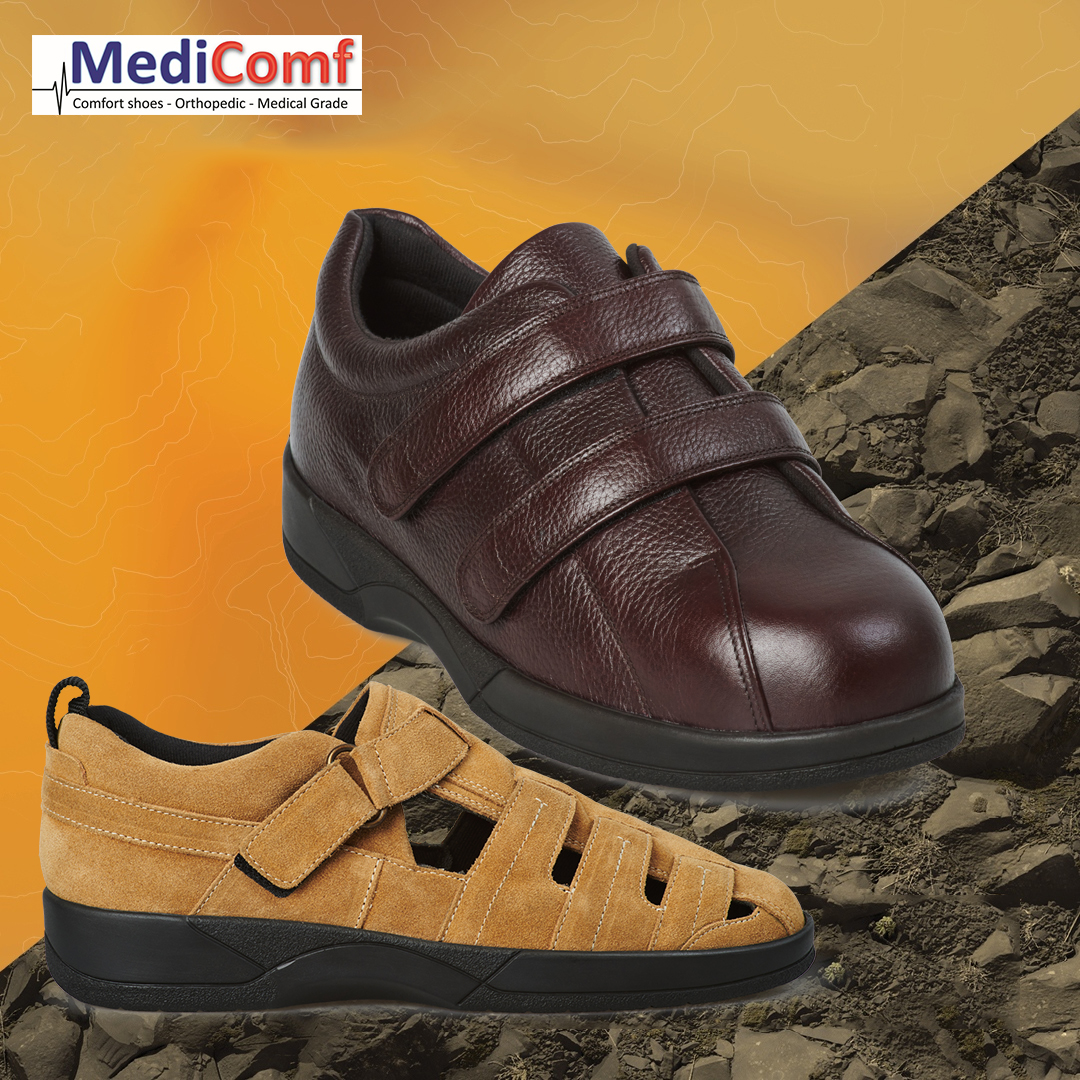
Shoes
